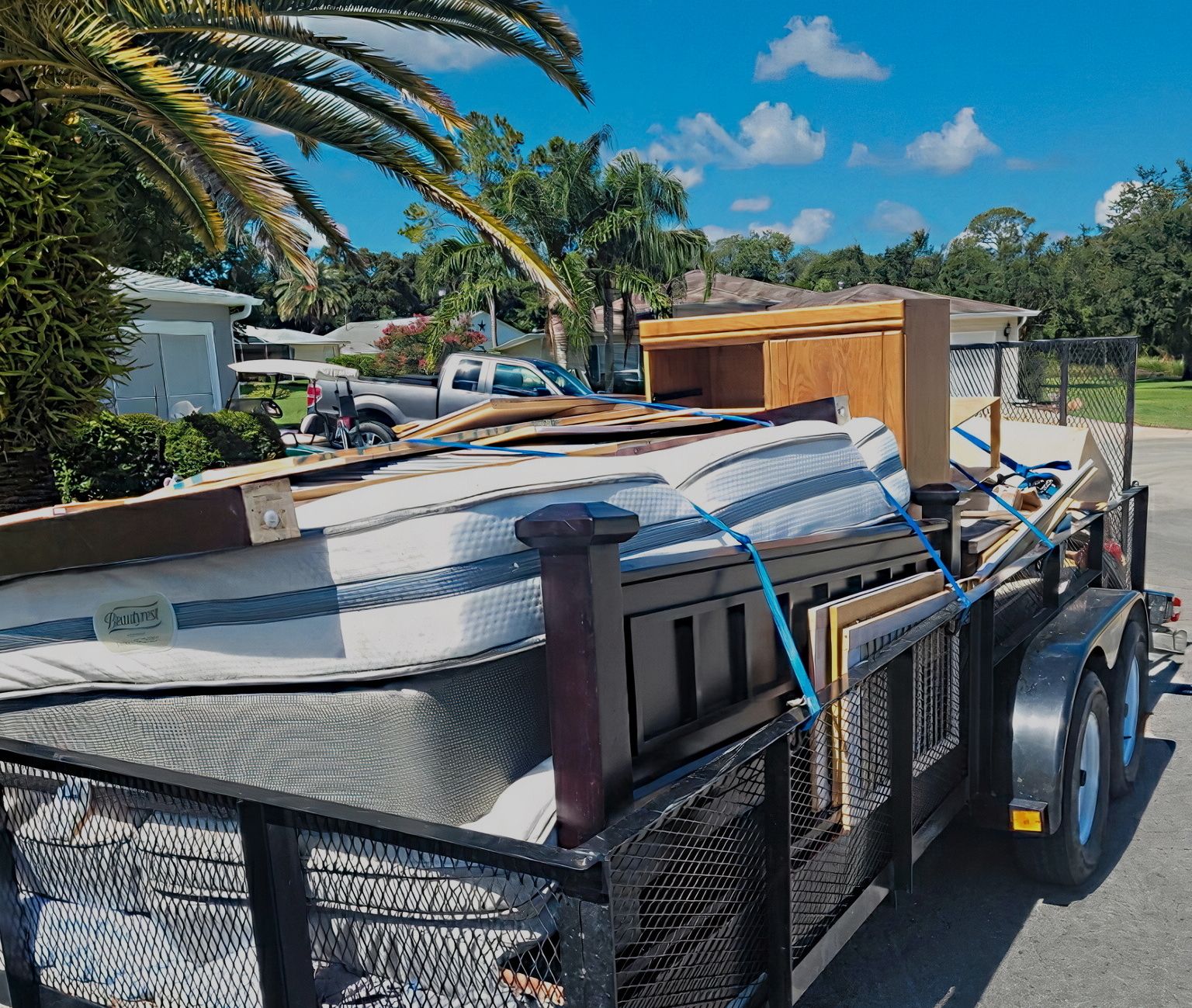Professional Waste Management Approaches Customized for Industrial Settings
Customizing waste management techniques to match the distinct requirements of commercial settings is not simply helpful however vital for keeping functional effectiveness and environmental sustainability. The pursuit for better waste monitoring in industrial setups entails a meticulous technique that stabilizes regulative conformity, cost-effectiveness, and environmental obligation.
Value of Tailored Waste Administration
Tailored waste administration methods are necessary in commercial settings to enhance resource utilization and minimize environmental influence. Industrial procedures produce a substantial quantity of waste, ranging from strong results to chemical pollutants, posing a risk to the environment if not managed efficiently (Atlanta waste disposal). By customizing waste management techniques to fit the specific needs and difficulties of each industrial center, business can not just abide with regulations however likewise enhance operational performance and sustainability
One trick facet of customized waste administration is conducting an extensive waste assessment to recognize the types and quantities of waste created. This evaluation permits business to execute targeted solutions such as recycling programs, waste segregation methods, and waste-to-energy initiatives. By understanding the composition of their waste streams, commercial facilities can establish cost-effective methods to reduce waste generation at the source, leading to long-lasting ecological benefits.

Sorts Of Hazardous Waste
What are the various categories of industrial waste generally produced in making procedures? Hazardous waste can be identified right into numerous major categories based upon its composition and characteristics. Dangerous waste is among the most vital kinds, consisting of chemicals, solvents, hefty steels, and various other products that pose a risk to human health or the atmosphere. This classification frequently needs special delivery and disposal approaches to stop contamination and ensure security.
An additional common sort of hazardous waste is non-hazardous waste, which encompasses materials like paper, plastics, and packaging waste. While non-hazardous waste may not present instant risks, correct management is still vital to decrease landfill use and promote recycling and sustainability methods.

Contaminated Materials Handling Procedures
Efficient monitoring of dangerous waste in commercial settings requires stringent adherence to developed managing treatments to reduce risks and ensure ecological safety and security. Dangerous waste handling treatments involve a number of essential steps to lessen the potential influence on human wellness and the atmosphere. Correct recognition and categorization of hazardous waste are necessary. This consists of determining the attributes of the waste to identify the appropriate handling, storage space, and disposal approaches.
Second of all, like this when identified, contaminated materials should be meticulously segregated from non-hazardous waste to avoid contamination and guarantee proper therapy. Storage of harmful waste must conform with regulations pertaining to containment, labeling, and compatibility to stop leakages, spills, or various other incidents that could threaten workers or the setting.
In addition, taking care of procedures need to consist of using individual protective devices, worker training, and emergency feedback protocols. Regular evaluations, this page monitoring, and documentation of unsafe waste handling tasks are critical to maintaining conformity and recognizing areas for enhancement. By complying with these structured procedures vigilantly, commercial facilities can successfully take care of contaminated materials and copyright their commitment to ecological stewardship.
Applying Reliable Reusing Practices

To execute efficient reusing techniques, commercial facilities must first conduct a waste audit to identify the kinds and quantities of recyclable materials created in their operations. Based upon this audit, business can after that develop marked reusing stations, provide appropriate training to employees on proper sorting techniques, and collaborate with relied on reusing partners for the collection and processing of materials. Furthermore, establishing particular recycling objectives, tracking development, and frequently connecting with team about the relevance of recycling are vital actions to guarantee the success and sustainability of reusing campaigns in commercial setups.
Monitoring and Constant Renovation
To make certain the performance and sustainability of waste monitoring methods in commercial setups, the execution of durable surveillance and continuous renovation procedures is important. Surveillance includes tracking crucial efficiency indicators (KPIs) such as waste generation prices, recycling percentages, and disposal prices. Regularly assessing these metrics permits Resources companies to identify locations for enhancement and determine the success of carried out waste monitoring efforts.
Continual enhancement is important for refining processes with time. It entails evaluating keeping track of data, recognizing inefficiencies, and applying modifications to enhance waste monitoring practices further. This iterative approach fosters a culture of continuous enhancement and development within the company.
Using innovation like waste monitoring software application and IoT sensors can improve checking initiatives, providing real-time information for notified decision-making. Worker training and interaction also play a crucial function in making sure the success of monitoring and continuous enhancement efforts, as frontline staff are typically crucial players in waste administration procedures.
Final Thought
Finally, tailored waste administration techniques are vital for industrial settings to efficiently handle various types of waste, consisting of unsafe products. By applying reliable reusing techniques and constantly monitoring and improving waste management processes, sectors can reduce their ecological effect and make certain compliance with guidelines. It is crucial for firms to prioritize waste monitoring to protect the atmosphere and advertise sustainability in their operations.